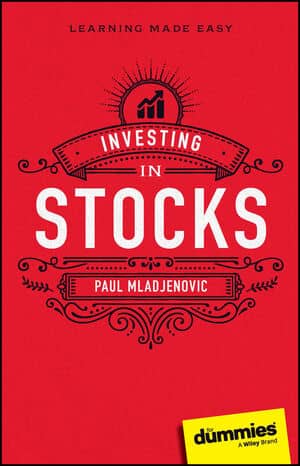Sticking to a buy-and-hold strategy (where you buy stock and hold onto it for better or worse) at the onset of a bear market is financial suicide. People have a tough time selling, and financial advisors have an even tougher time telling them to cut their losses. (Admitting failure is hard for some people to do.)
Understand that investing should be a logical, practical, and unemotional pursuit. In an emerging bear market, keep the following points in mind to maximize your gains (or just to minimize your losses):
Review your situation. Before you consider any move in or out of the market, review your overall financial situation to make sure that your money and financial condition are as secure as possible. Make sure that you have an emergency fund of three to six months’ worth of gross living expenses. Keep your debt at a comfortably low level. Review your career, insurance, and so on. Schedule a financial checkup with your financial planner.
Remember that cash is king. When the bear market is coming and economic storm clouds are rolling in, keep the bulk of your money in safe, interest-bearing vehicles such as bank investments, U.S. treasury securities, and/or money market funds. Doing so keeps your money safe. When stocks are falling by 10 to 20 percent or more, you’re better off earning a low-percentage interest in a secure, stable investment.
Stick to necessities. In an economic downturn, defensive stocks generally outperform the market. Defensive stocks are stocks of companies that sell goods and services that people need no matter how good or bad the economy is doing. Good examples are food and beverage, energy, utilities, and certain healthcare stocks.
Use trailing stops. Trailing stops is just the active use of stop loss orders on a given stock. In the case of a bear market, you set your stop losses close to the stock’s market price (“tighten the trail”).
Say, for example, that you once bought a stock for $50 per share and it’s now at $110. Presume that you usually kept a trailing stop at 10 percent below the current market price. If the bear market is becoming more evident to you, then change that 10 percent to 5 percent. Before, that trailing stop on the $110 stock was $99 ($110 less 10 percent, or $11), but now it’s at $104.50 ($110 less 5 percent, or $5.50).

